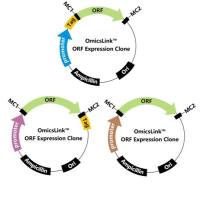A large component of airway inflammatory disease is the recruitment of activated leukocytes (primarily eosinophils and T lymphocytes) from the lung vasculature into the bronchial walls resulting in lung edema. Ultimately, many of the infiltrating leukocytes progress across the airway epithelium into respiratory bronchioles, compromising lung capacity (1 ,2 ). In the case of an infection, such as pneumonia, leukocytes (primarily neutrophils and monocyte/macrophages) are recruited to alveolar air spaces reducing the capacity for gaseous exchange. In both cases, resident leukocytes then release further factors that promote additional leukocyte recruitment. During an inflammatory response in the peripheral microvasculature leukocyte recruitment takes place predominantly in the postcapillary venules via the multistep adhesion cascade (reviewed in 3 ,4 ,5 ). In the lung, however, leukocyte extravasation takes place via capillaries. This may be due to the specialized architecture of the lung vasculature (e.g., large numbers of branch points), or because of the differing expression of surface adhesion molecules that are required for leukocyte recruitment (1 ,6 ). In addition, local concentrations of cytokines, chemokines or other chemoattractant factors will play a role in the site and degree of leukocyte infiltration (7 ,8 ) through acute local activation of endothelial cells.






